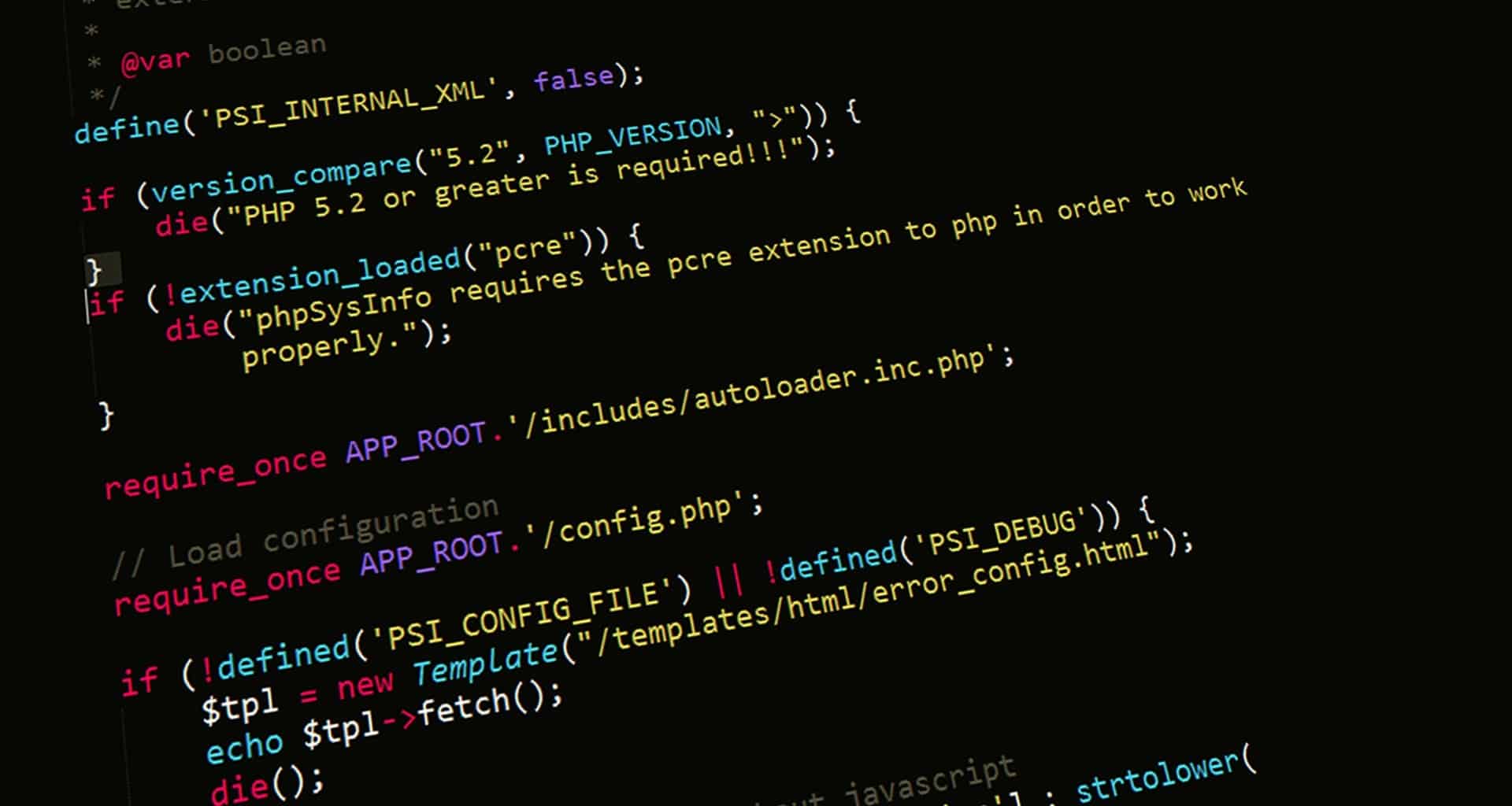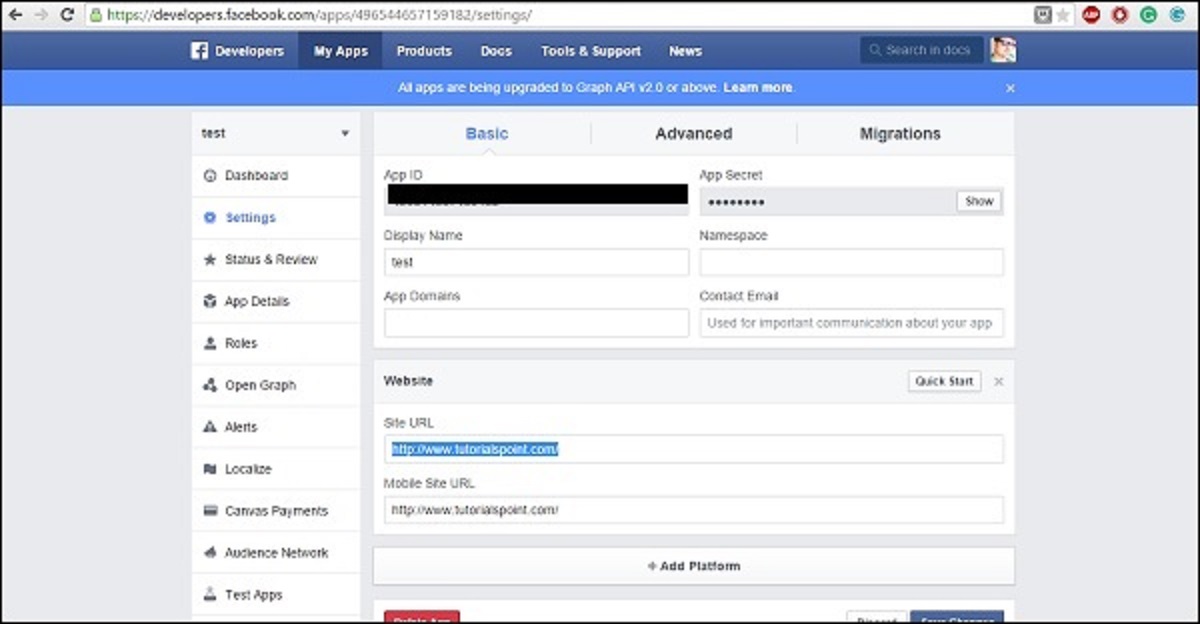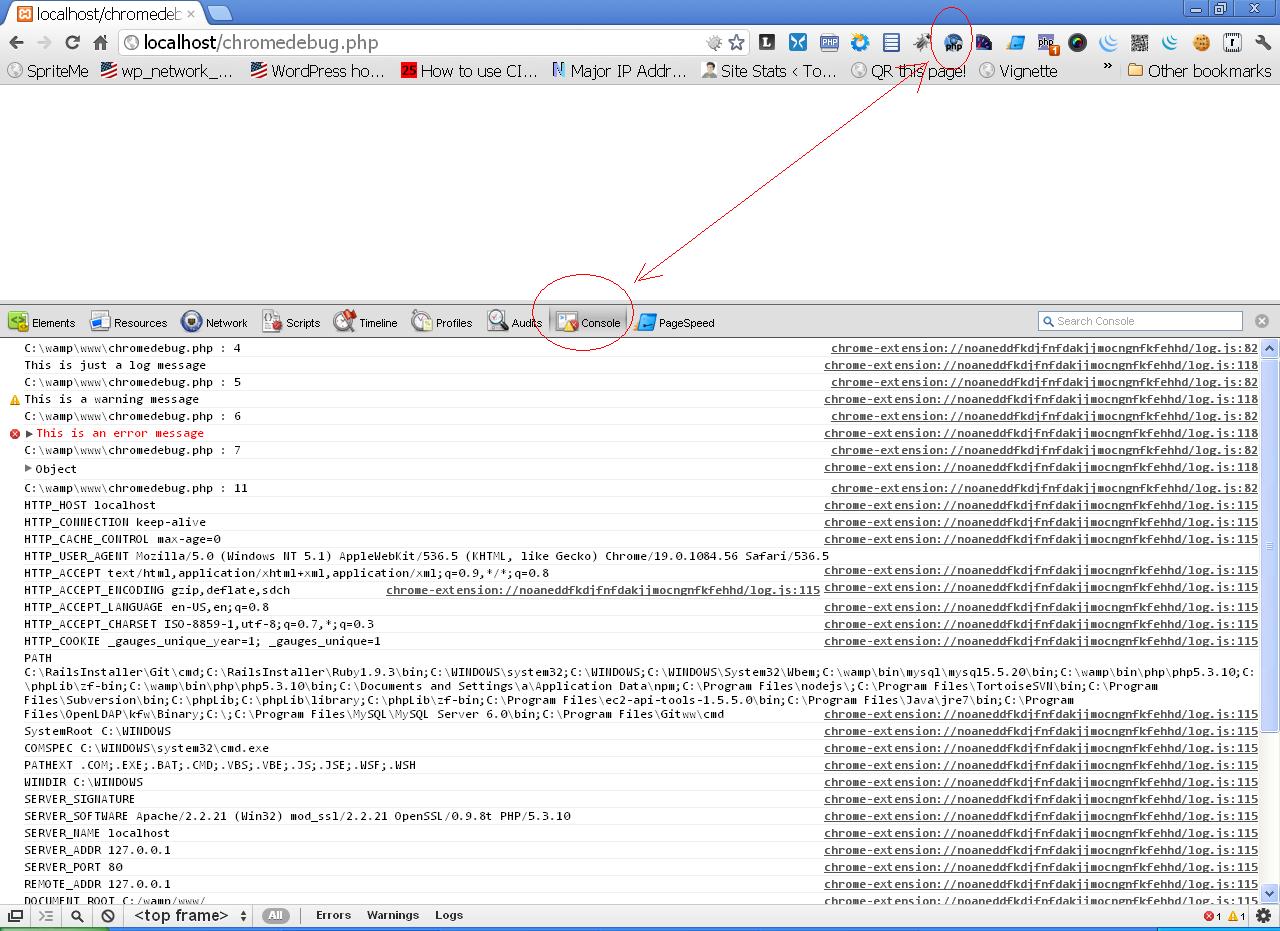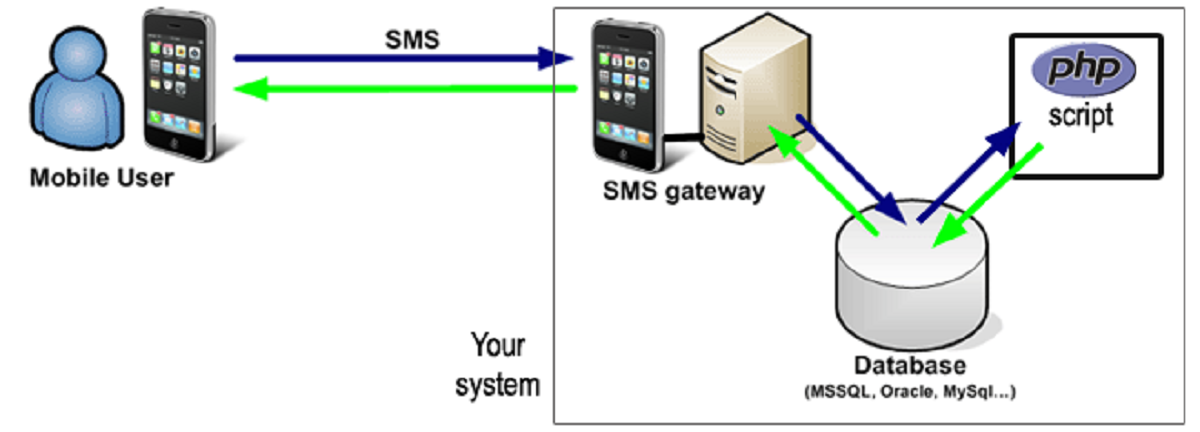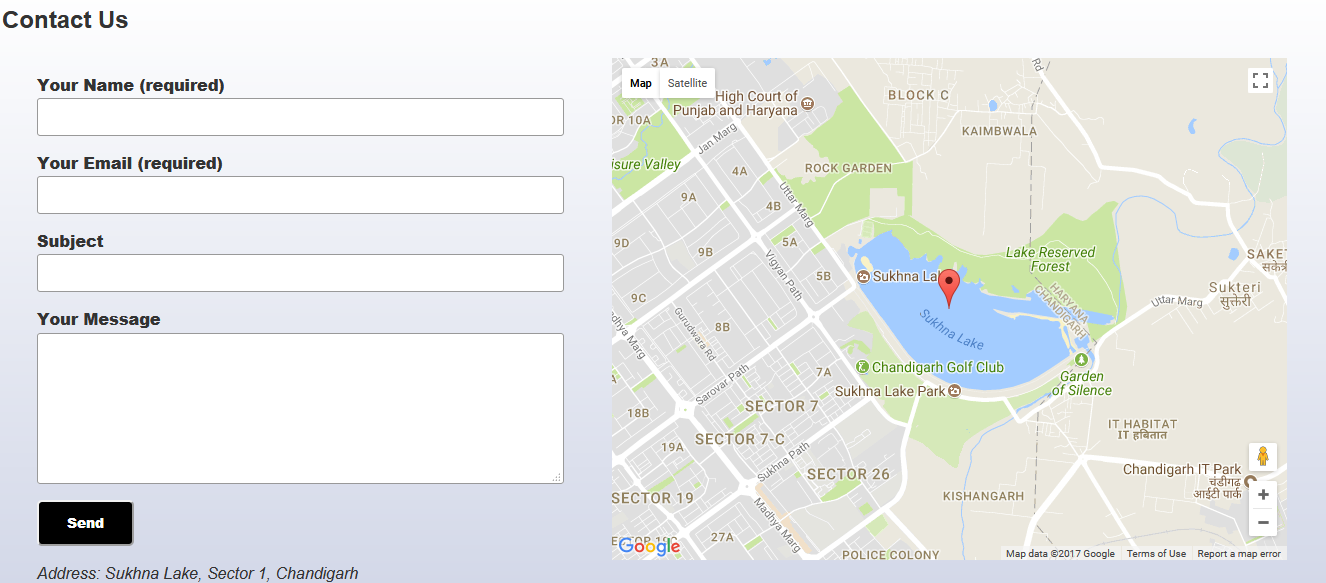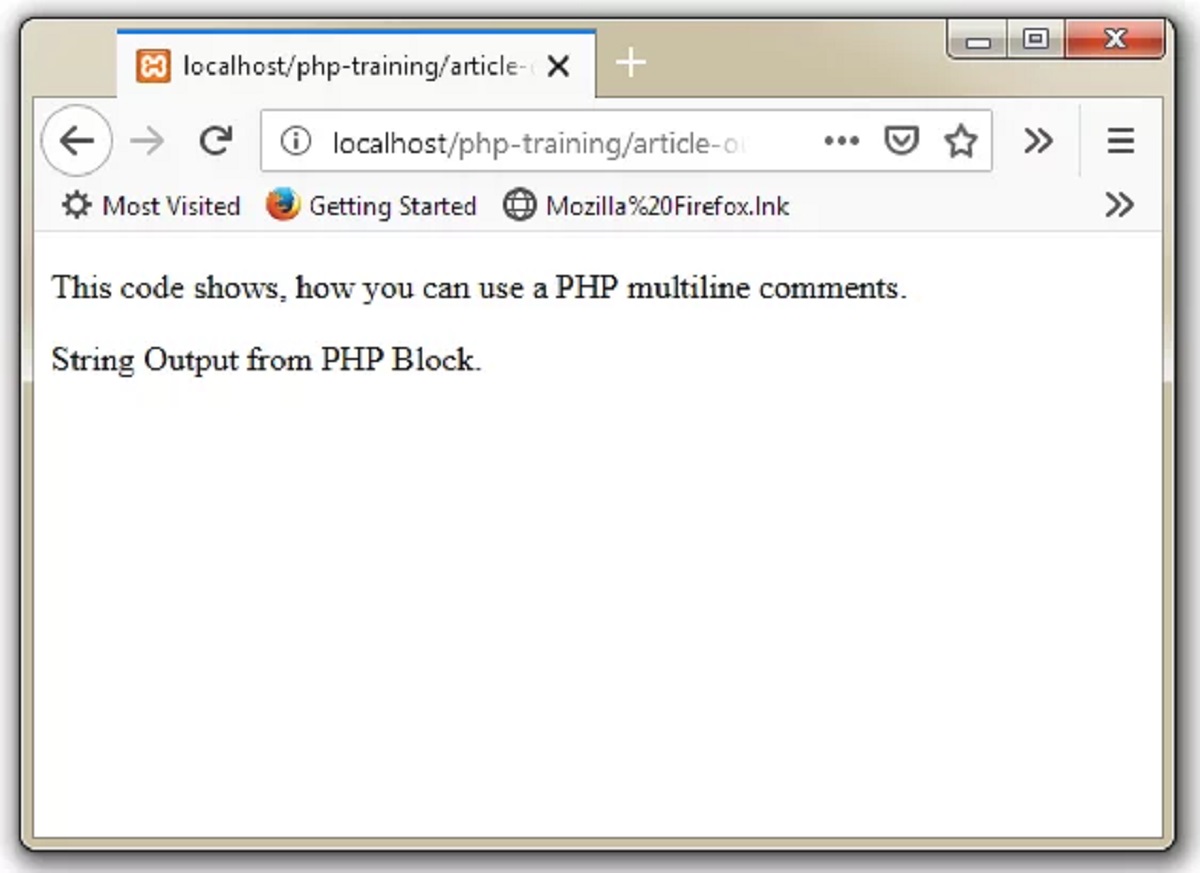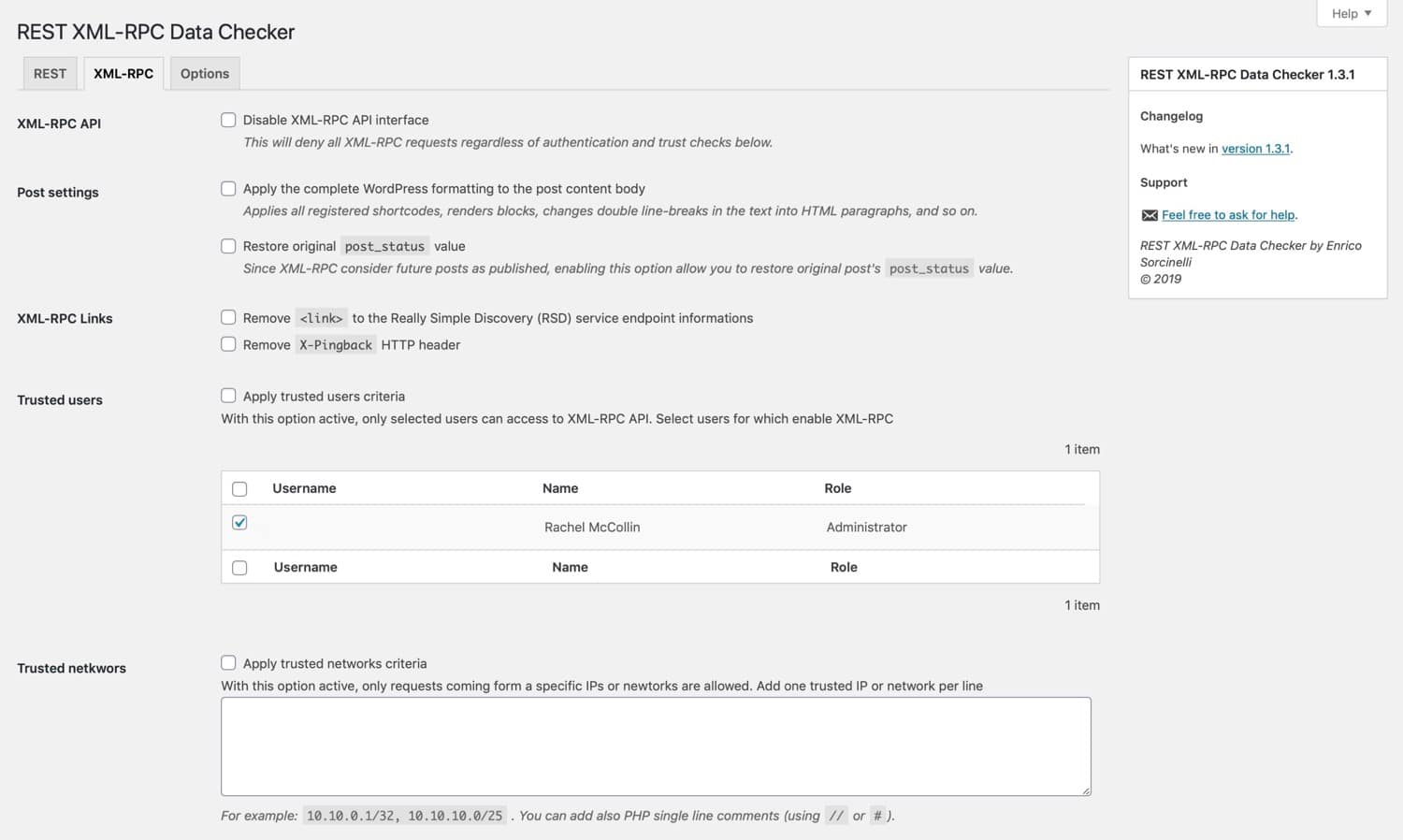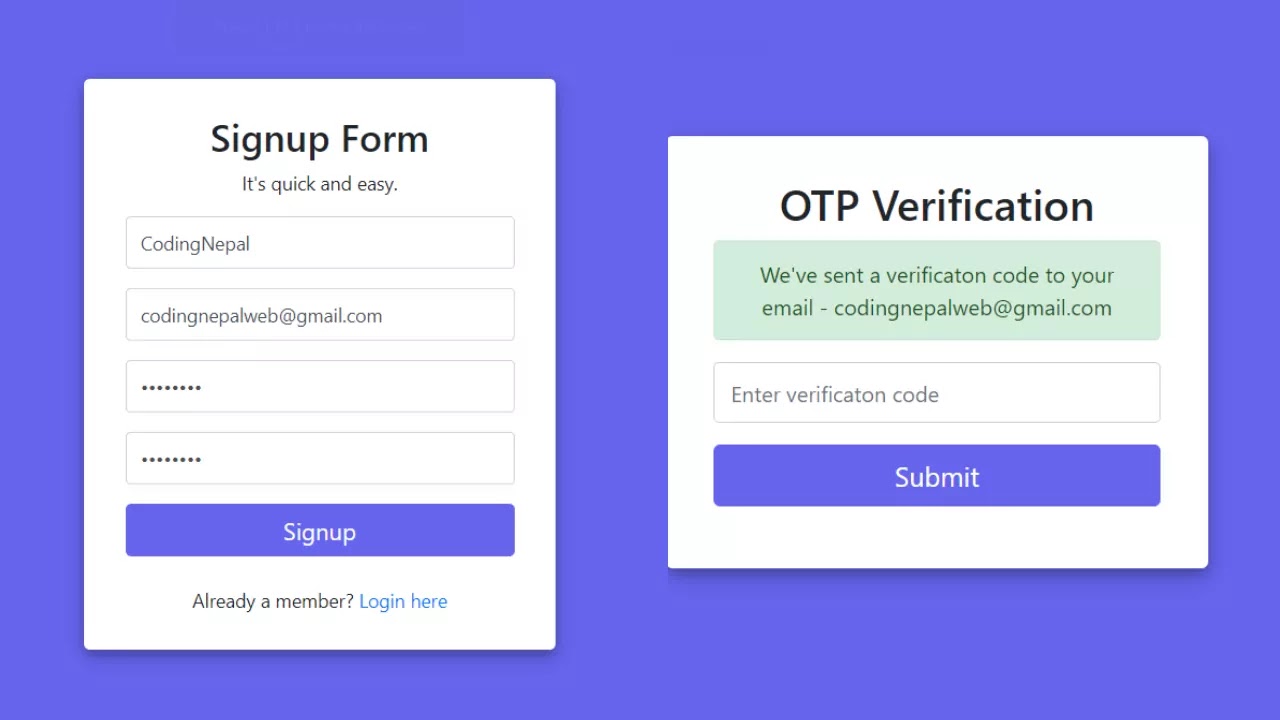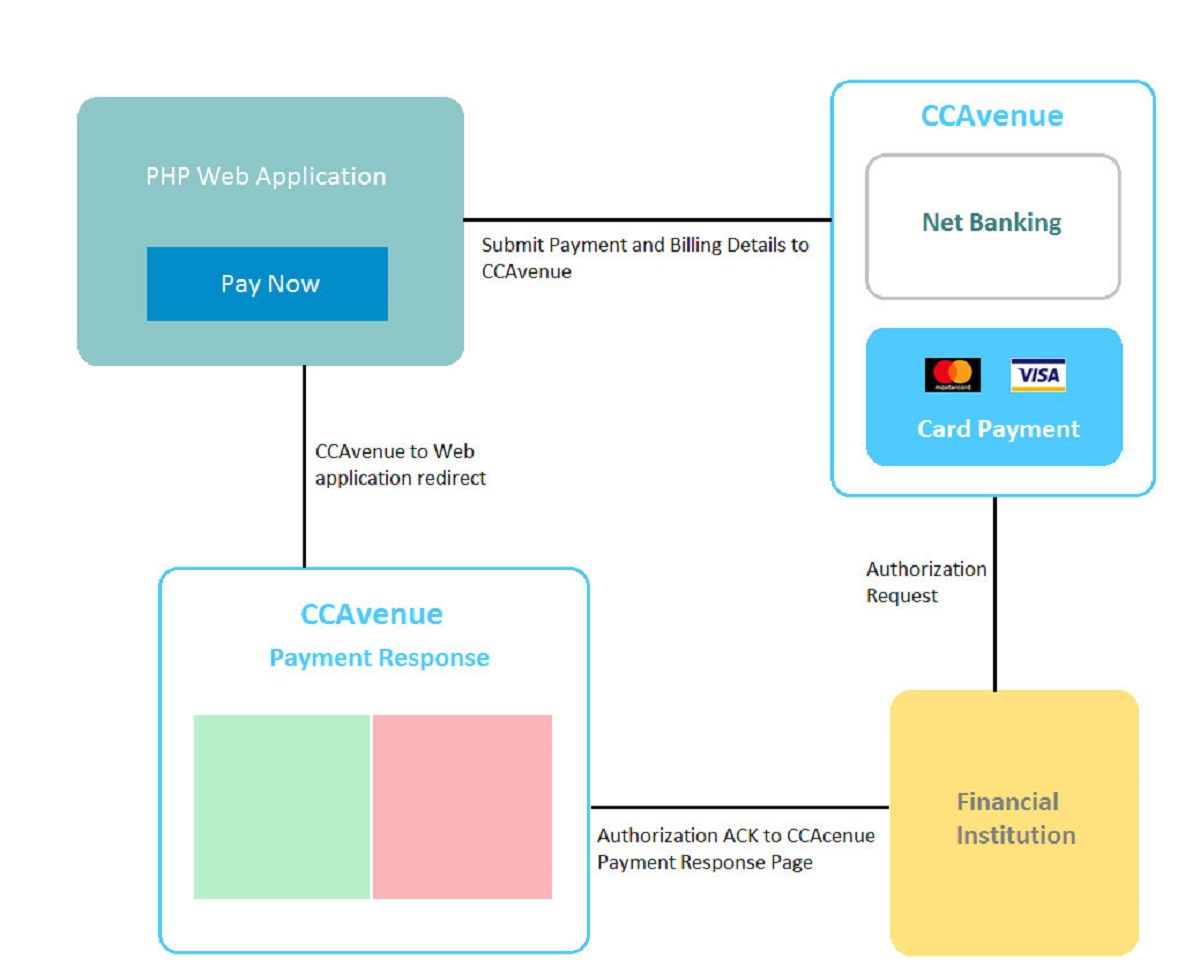Introduction
In today’s digital age, web applications heavily rely on external data and services to enhance their functionality. APIs, or Application Programming Interfaces, are the backbone of these integrations, allowing different systems to communicate with each other efficiently.
As a PHP developer, understanding how to call an API in PHP is essential. It enables you to fetch data from external sources, such as social media platforms, weather services, payment gateways, and countless other resources, and seamlessly integrate them into your web application.
In this article, we will explore the fundamentals of calling an API in PHP. We’ll discuss the importance of API integration, set up the necessary environment, make basic API calls, handle responses, and cover topics like error handling, authentication, and security.
By the end of this article, you will have a solid understanding of how to successfully call APIs in PHP and leverage their power to enhance your web applications.
What is an API?
An API, or Application Programming Interface, is a set of protocols and definitions that allows different software applications to communicate and interact with each other. It acts as a messenger, enabling the exchange of data and functionality between different systems and applications.
APIs come in various forms, including web APIs, which facilitate communication between web servers and client applications using standard web protocols such as HTTP. These APIs expose certain endpoints (URLs) that developers can use to request specific data or perform actions.
APIs can serve multiple purposes, such as:
- Data Retrieval: APIs enable retrieval of data from external sources, such as fetching weather information, accessing social media feeds, or retrieving product details from an e-commerce platform.
- Functionality Integration: APIs allow you to integrate third-party functionalities into your application, such as payment gateways, geolocation services, or email services.
- System Interoperability: APIs facilitate interoperability between different systems and applications, making it possible to exchange data and communicate seamlessly.
APIs typically follow a request-response model. When calling an API, you send a request to the designated URL (often referred to as an endpoint) with specific parameters and headers. The API processes the request and returns a response in a desired format, such as JSON or XML, containing the requested data or indicating the success or failure of the requested action.
APIs have become crucial in the development of modern web applications. They allow developers to leverage the power of external services and data sources, reducing development time and effort. By integrating with APIs, developers can access a vast array of functionalities and information, enhancing the overall user experience of their applications.
Why do we need to call an API in PHP?
As a PHP developer, you may wonder why it is necessary to call APIs in your applications. Here are a few compelling reasons:
Access to External Data and Services: APIs allow you to tap into a vast amount of data and services provided by third-party providers. Whether you need to retrieve weather information, access social media feeds, or integrate payment gateways, calling APIs in PHP enables you to leverage these external resources effortlessly.
Integration with Popular Platforms: Many popular platforms offer APIs that allow developers to integrate their functionalities seamlessly. For example, social media APIs enable you to retrieve user information, post updates, or fetch social media feeds. By calling these APIs in PHP, you can enhance your application by integrating with widely-used platforms.
Efficient Development: Instead of reinventing the wheel, calling APIs allows you to reuse existing functionalities. This not only saves development time but also ensures that you are leveraging tested and reliable features. It enables you to focus on delivering unique aspects of your application while benefiting from the robust functionalities provided by external APIs.
Enhanced User Experience: By integrating with APIs, you can create a more immersive and engaging user experience. For example, integrating with a geolocation API allows you to provide location-based services, tailoring the user experience according to their geographical location. This can significantly enhance the usability and relevance of your application.
Streamlined Workflows: APIs facilitate seamless integration between different systems and applications. By calling APIs in PHP, you can automate processes, exchange data with other platforms, and create efficient workflows. This enables you to streamline your development process and deliver a more efficient and scalable solution.
In summary, calling APIs in PHP provides you with access to external data and services, enables integration with popular platforms, improves development efficiency, enhances user experience, and streamlines your workflows. It is a crucial skill for PHP developers to leverage the full potential of external resources and create robust and feature-rich web applications.
Setting up the environment
Before we can start calling APIs in PHP, we need to ensure that our environment is properly set up and configured. Here are the essential steps to get started:
1. Install PHP and a web server: Ensure that you have PHP installed on your local machine or server. You can download the latest version of PHP from the official PHP website (php.net) and install it according to the instructions provided. Additionally, you will need a web server, such as Apache or Nginx, to run your PHP scripts.
2. Install cURL: cURL is a popular library that allows PHP to make HTTP requests to external URLs. It is essential for calling APIs in PHP. Most PHP installations include cURL by default, but you can double-check by running the following command in your terminal or command line: php -m | grep curl. If you don’t see any output, you may need to install cURL manually.
3. Obtain API credentials: Depending on the API you want to call, you may need to obtain API credentials, such as an API key or access token. These credentials are typically provided by the API provider after you sign up for an account and create an API application. Make sure to follow the API documentation to obtain the necessary credentials and ensure they are securely stored.
4. Include the necessary dependencies: If the API you are calling requires a specific PHP library or dependency, make sure to include it in your project. Most API providers offer dedicated SDKs or client libraries that simplify the integration process. You can usually find installation instructions and code examples in their documentation.
5. Set up error handling and debugging: It’s crucial to implement proper error handling and debugging mechanisms when calling APIs in PHP. Use PHP’s built-in error handling functions (e.g., try-catch blocks, error_reporting, ini_set('display_errors', 0)) to handle any potential errors gracefully and log them for troubleshooting purposes.
By following these steps, you can ensure that you have a stable and well-configured environment for calling APIs in PHP. With the necessary tools and credentials in place, we can now move on to making our first API call and exploring its functionalities.
Making a basic API call
Now that we have our environment set up, let’s dive into making our first API call in PHP. We’ll start with a basic example to illustrate the process. Here are the steps:
1. Understand the API documentation: Familiarize yourself with the API documentation to understand the request format, required parameters, and expected response. The documentation will provide the necessary details to construct the API call.
2. Use cURL to send the API request: PHP’s cURL library is a powerful tool for making HTTP requests. Begin by initializing a cURL session using curl_init(). Set the required options, such as the request URL, request method (GET, POST, etc.), headers, and any necessary parameters. Execute the request using curl_exec() and capture the response.
3. Parse and handle the API response: Once you receive the API response, you will need to parse it according to the expected format (e.g., JSON, XML). PHP provides built-in functions like json_decode() and simplexml_load_string() to parse JSON and XML responses, respectively. Extract the required data from the response and perform any necessary processing or error handling.
4. Close the cURL session: After processing the API response, it’s important to close the cURL session using curl_close() to free up resources and maintain efficiency.
Here’s a basic example of making a GET request to retrieve information from a hypothetical weather API:
php
“;
echo “Weather conditions: ” . $conditions;
?>
Remember to replace ‘YOUR_API_KEY’ with your actual API key obtained from the weather API provider. This example demonstrates the basic steps of making an API call and extracting relevant data from the response.
As you become more comfortable with making API calls in PHP, you can expand on this basic example to cater to different APIs with various request methods, parameter handling, and response processing requirements.
Sending parameters in the API call
When calling an API in PHP, you often need to send additional parameters along with the request to customize the API call and retrieve specific data. These parameters can include query strings, request headers, authentication tokens, and more. In this section, we’ll explore how to send parameters in the API call.
Query strings: One common way to send parameters is by appending them to the URL as query strings. For example, to search for books with a specific title using a book API, you can include the title parameter in the URL like this: https://api.example.com/books?title=PHP. To add multiple parameters, use the ampersand symbol (&) to separate them: https://api.example.com/books?title=PHP&author=John+Doe.
Request headers: Some APIs require authentication or other information to be passed in the headers of the request. You can set request headers using the curl_setopt() function in PHP. For example, to include an authorization token, you can use the curl_setopt($curl, CURLOPT_HTTPHEADER, array('Authorization: Bearer YOUR_TOKEN')); snippet to set the header value.
Request body: In some cases, parameters need to be sent in the request body, especially for POST or PUT requests. This is common for APIs that require data to be created, updated, or deleted. To send parameters in the request body, you can use the curl_setopt($curl, CURLOPT_POSTFIELDS, $parameters); function, where $parameters is an array or a URL-encoded string containing the parameter values.
URL-encoded form data: When making a POST request with form data, you can use the curl_setopt($curl, CURLOPT_POSTFIELDS, http_build_query($data)); snippet to URL-encode the form data and send it along with the request. This is useful when interacting with APIs that expect form-encoded data like submitting a contact form or creating a new user.
Make sure to consult the API documentation to understand the specific requirements for sending parameters. The documentation will provide details on how to structure the request and pass the necessary parameters for successful API calls.
By incorporating the appropriate parameters in your API calls, you can customize your requests and retrieve targeted data from the API. Experiment with different parameter combinations based on the API’s capabilities to retrieve the specific information you need.
Handling API responses
When making API calls in PHP, it’s crucial to handle the responses properly to ensure accurate data retrieval and effective error management. In this section, we’ll explore how to handle API responses in PHP.
1. Parsing the response: API responses are often returned in a specific format, such as JSON, XML, or plain text. PHP provides built-in functions to parse different response formats, such as json_decode() for JSON and simplexml_load_string() for XML. Depending on the format, you can extract the required data by accessing the appropriate properties or elements in the parsed response.
2. Checking for response status: API responses typically include a status code indicating the success or failure of the request. The most common HTTP status codes are in the 2xx range for successful requests, 4xx for client errors (e.g., invalid request parameters), and 5xx for server errors. Check the status code returned by the API and handle it accordingly. You can use the curl_getinfo($curl, CURLINFO_HTTP_CODE) function to retrieve the HTTP status code.
3. Error handling: API responses may include error messages or codes providing details about the failure. Parse the response to extract error information and handle it appropriately. This might involve logging the error, displaying a user-friendly error message, or implementing a fallback behavior.
4. Handling pagination and large responses: Some APIs paginate their responses, meaning they will only return a limited number of results per request. If an API supports pagination, the response will include information about additional pages, such as the number of total pages or a link to the next page. Implement the necessary logic to retrieve subsequent pages if required.
5. Data sanitization and validation: Before using the retrieved data in your application, ensure that you sanitize and validate it to prevent security vulnerabilities and inconsistencies. Validate the data against your application’s expected format and sanitize it to remove any potential harmful content.
6. Retry and rate limiting: Some APIs may have rate limits that restrict the number of requests you can make within a specific time frame. If you receive a rate limit error, implement a retry mechanism with a delay to ensure you don’t exceed the allowed limit. This can help prevent your application from being blocked by the API provider.
By properly handling API responses, you can ensure that your application retrieves accurate data, handles errors gracefully, and maintains a smooth user experience. Take into account the specific requirements and error handling practices outlined in the API documentation to implement a robust response handling mechanism in your PHP code.
Error handling
When working with APIs in PHP, effective error handling is crucial to ensure that your application gracefully handles unexpected situations and provides feedback to users. In this section, we’ll explore some best practices for error handling when calling APIs in PHP.
1. Validate user input: Before making an API call, validate user input to ensure it meets the API’s requirements. This can include checking for missing or invalid parameters. Proper validation helps prevent unnecessary API calls and reduces the chance of encountering errors.
2. Check HTTP status codes: API responses include HTTP status codes that indicate the outcome of the request. Successful responses typically have a status code in the 2xx range. Make use of PHP’s curl_getinfo($curl, CURLINFO_HTTP_CODE) function to fetch the status code from the API response. Handle different status codes appropriately, such as retrying the request for temporary errors or displaying error messages for client and server errors.
3. Parse and handle error responses: Some APIs provide specific error responses in addition to the HTTP status codes. These error responses may include error messages or error codes that provide additional information about the failure. Parse and extract relevant error details from the response using the appropriate parsing function, such as json_decode() or simplexml_load_string(). Display meaningful error messages to users or log the errors for troubleshooting purposes.
4. Implement fallback behavior: In case of API failures or errors, it’s a good practice to implement fallback behavior. This could involve using cached data, default values, or alternative methods to provide a degraded yet functional user experience. Plan for such scenarios in your code and ensure that your application gracefully handles API failures without completely breaking the user experience.
5. Log errors: Logging errors is crucial for maintaining and troubleshooting your application. Implement a logging mechanism to record API errors, including specific details like timestamps, error messages, and other relevant information. This will help you identify and resolve issues promptly.
6. Gracefully handle rate limiting: Some APIs enforce rate limits to prevent abuse. When encountering rate limit errors, implement a delay before retrying the API call to ensure you respect the limits set by the API provider. You can use PHP’s sleep() function to introduce a delay between retry attempts.
By incorporating these error handling practices, you can enhance the stability and reliability of your application when interacting with APIs in PHP. It’s important to regularly monitor API responses, review error logs, and update error handling mechanisms based on API updates and changes.
Authentication and security
When calling APIs in PHP, it’s essential to prioritize authentication and security measures to safeguard sensitive data and protect against unauthorized access. In this section, we’ll explore key considerations regarding authentication and security when interacting with APIs.
1. API keys and access tokens: Many APIs require authentication to ensure that only authorized users or applications can access their resources. This is often achieved through the use of API keys or access tokens. When calling an API in PHP, make sure to securely store and handle these credentials. Avoid hardcoding them in your scripts and consider using environment variables or more secure storage methods.
2. HTTPS and SSL: When making API calls, always use HTTPS (HTTP Secure) rather than plain HTTP. HTTPS encrypts the data transmitted between your application and the API server, protecting it from eavesdropping and tampering. Ensure that the API you are interacting with supports HTTPS and has a valid SSL certificate. You can check if a website is secured with HTTPS by examining the URL or looking for the padlock icon in the browser’s address bar.
3. Input validation and sanitization: Ensure that any user input or data sent to the API is properly validated and sanitized to prevent security vulnerabilities such as SQL injection or cross-site scripting (XSS) attacks. Validate input against expected formats and sanitize any user-generated data before sending it to the API to minimize the risk of malicious activities.
4. Rate limiting: Some APIs impose rate limits to prevent abuse or excessive usage. Respect these limits to avoid being blocked by the API provider. Implement rate limiting protection within your application to ensure you stay within the allowed limits while making API calls. Utilizing libraries or techniques such as exponential backoff can help handle rate limit errors and regulate your API usage.
5. Logging and monitoring: Implement logging in your application to record API activity, including successful requests, error responses, and any suspicious behavior. Regularly review logs for any anomalies or security-related events. Monitor your API usage and set up alerts or notifications to detect and respond to security breaches or unusual activity in a timely manner.
6. Keep dependencies up to date: Regularly update the libraries, frameworks, and other dependencies used in your PHP application. Security vulnerabilities can be discovered over time, and staying up to date helps ensure that you are using the latest, most secure versions. Monitor security advisories from the API providers and promptly apply any recommended updates.
By prioritizing authentication and security measures when interacting with APIs in PHP, you can minimize the risk of data breaches, unauthorized access, and other security vulnerabilities. Staying vigilant and implementing best practices will help protect your application and the sensitive data it handles.
Conclusion
In this article, we have explored the fundamentals of calling an API in PHP. We started by understanding the concept of APIs and their importance in modern web development. We then ventured into setting up the environment, making basic API calls, sending parameters, handling API responses, and implementing error handling, authentication, and security measures.
API integration has become a crucial aspect of web development, allowing developers to tap into the vast resources and functionalities offered by external services. By calling APIs in PHP, developers can access a wealth of data, enhance functionality, and deliver a seamless user experience.
Throughout the article, we emphasized the importance of documentation, error handling, authentication, security, and proper validation. Following these best practices ensures that your API calls are secure, efficient, and reliable.
However, it’s worth noting that APIs are diverse, and their implementation can vary significantly. As you delve into specific APIs, be sure to consult the respective API documentation for detailed instructions and guidelines tailored to the specific service or resource you are working with.
With the knowledge gained from this article, you are equipped to call APIs in PHP confidently. Remember to consistently update your skills, stay informed about evolving API technologies and security practices, and adapt your implementation accordingly.
Harness the power of APIs, unlock new possibilities, and empower your PHP applications to seamlessly integrate with external services, access valuable data, and provide enhanced user experiences.







